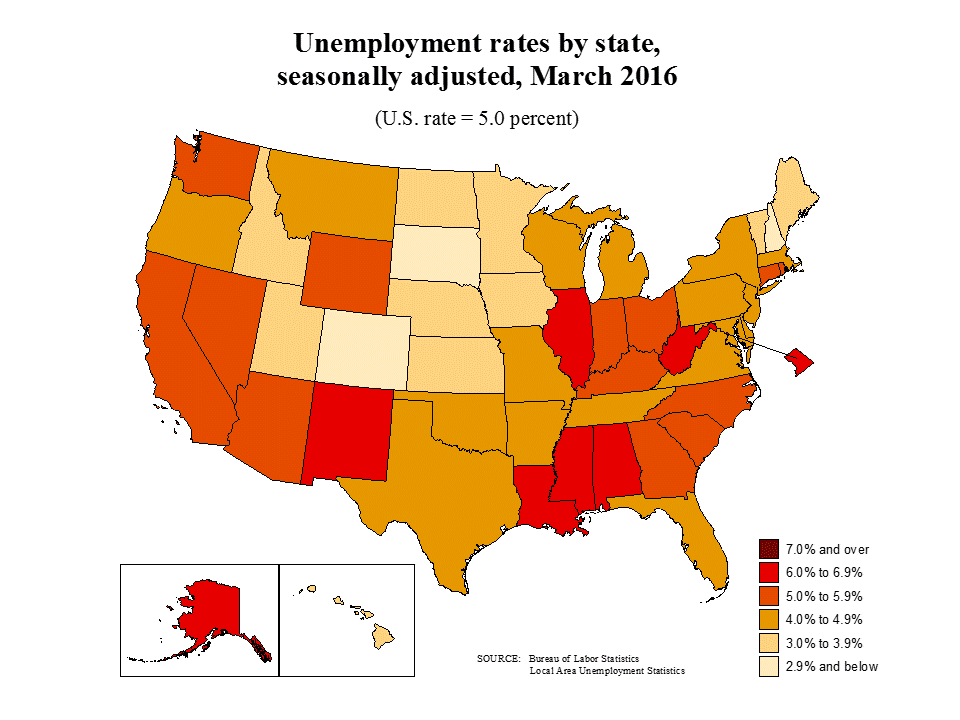7
MAR 2019
Case Update: Time Clock Rounding Analyses
Posted by Matt Rigling | Wage and hour casesThe EmployStats Wage & Hour Consulting Team recently completed work on a case in the state of New York where the Plaintiff’s alleged unpaid straight time and overtime compensation due to the Defendant’s timekeeping policies.
In this case as well as others that EmployStats has worked in the past, the Plaintiff’s alleged that the Defendant’s had a timekeeping policy which systematically understated the employee’s time worked in a given pay period. In practice, some time clock rounding policies may be neutral in principle, but non-neutral in practice. For any number of reasons, the employee or the employer may benefit more often than not from a seemingly neutral rounding policy.
The analysis that we perform typically involves manipulating, matching and analyzing big data from inherently incompatible time and payroll databases. In addition to analyzing the alleged straight time and overtime compensation owed to employees, EmployStats also assists attorneys in the calculation of penalties.
In states such as California and New York, there are penalties for noncompliance with the labor codes. We work with attorneys to calculate the appropriate penalties and interest in the lawsuit or investigation. The EmployStats Wage & Hour Consulting Team is proficient at providing calculations and tabulations that are insightful and well documented.



